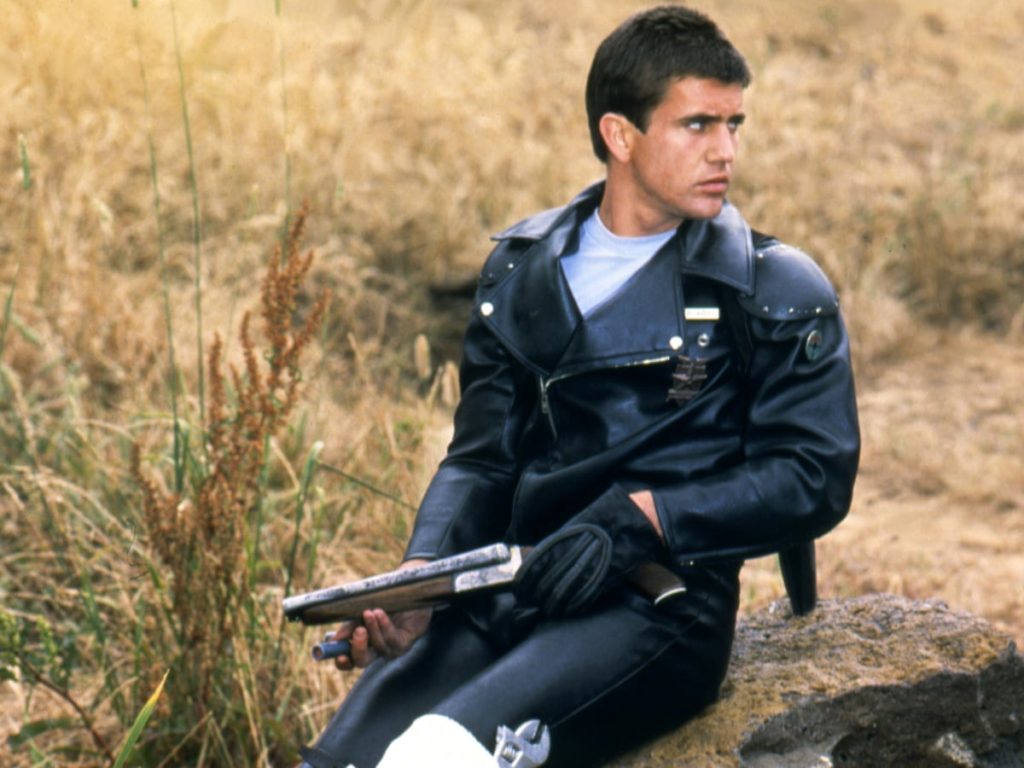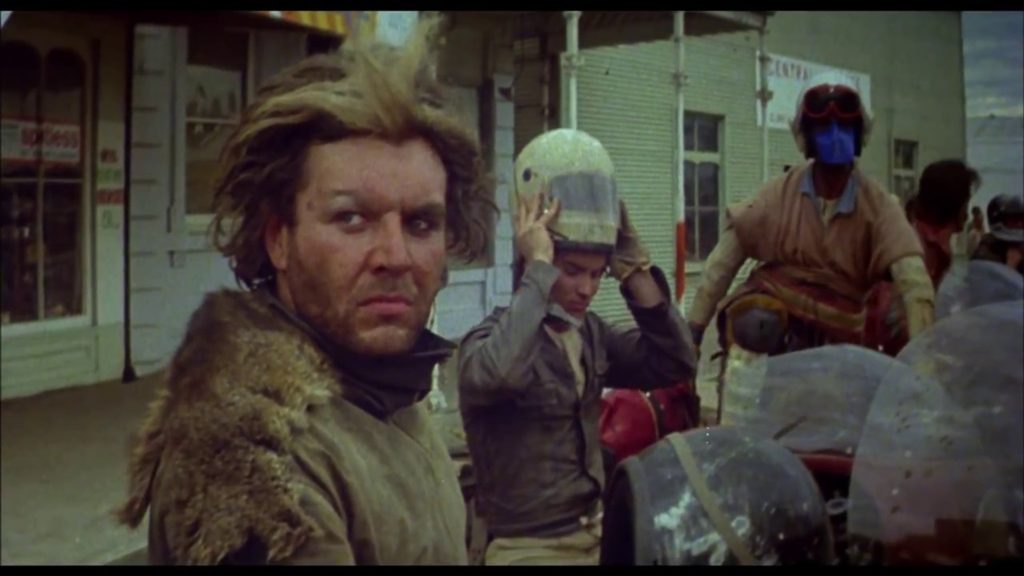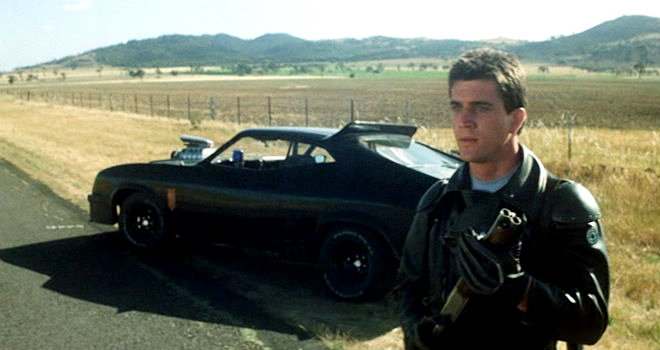In 1979, director George Miller introduced the world to Max Rockatansky. Miller is a life long “petrol head.” He loves vehicles and this film is an easy indication of his passion. Basically a revenge movie, Mad Max gave the viewers a glimpse at a post-apocalyptic world where fuel is currency and gangs rule the roads.
Max is a family man and a cop with one of the most challenging jobs. His counterparts on the force drive pursuit vehicles. Max drives the interceptor. His job is to face criminals head on, often in a game of chicken, to bring them to justice. His actions on the job put him in the crosshairs of a violent gang led by the maniacal Toecutter (Hugh Keays-Byrne.) The gang targets Max’s family, leading him to seek out vengeance and to earn the name Mad Max.

There’s less of a focus on story with this film than there is the spectacle of how it was created. For the most part, it’s vehicles chasing each other with murders and mayhem in between. In a similar fashion, Mad Max: Fury Road is essentially one-half chase and one-half race. It’s more about the environment and the machines than anything else.
The film was shot outside of Melbourne, Australia over about 12 weeks. The total budget was estimated at $300,000. Most of the extras were paid in beer. The film wound up making a modest $8,750,000 but it put the character and star Mel Gibson on the radar of a lot of studios. The franchise, currently comprised of four films, has grossed over $528 million.
The biker gang in the film was an actual local motorcycle club known as The Vigilantes. The crew never got permits to film on several of the locations. They would contact one another via walkie-talkie, closing down roads, and then sweeping up after they finished. The motorcycles in the film were all donated by Kawasaki. The police uniforms weren’t even real leather (except for Steve Bisley’s Jim Goose costume.)

Gibson didn’t go to the initial audition intending to read for a part. He went to support his sister who was auditioning. He was actually pretty well beaten up from a bar fight the night before. Three weeks later, he returned and read for a role. Gibson was such an unknown outside of Australia that he wasn’t even the focus for the trailers. Those featured more of the car chases and crashes than they did the star. Gibson was still a drama student while filming. The role paid him $10,000. (The Interceptor cost $35,000 for comparison.)
Miller’s love of cars combined with his experience as an emergency room doctor to create the script. Many of the injuries and accidents seen in the film were things Miller saw during his time as a doctor. Max’s last name even comes from pathologist Carl von Rokitansky, who originated a procedure for removing internal organs during the performance of an autopsy.

Mad Max is a fine film on its own but it will be best known for launching Gibson’s career and as the prequel to 1981’s The Road Warrior. That sequel featured more characters and a better overall story while staying true to Miller’s vision of a dystopian, fuel-driven future. Both are good movies that are even more enjoyable when viewers understand the challenges and inventions that went into filming them.
